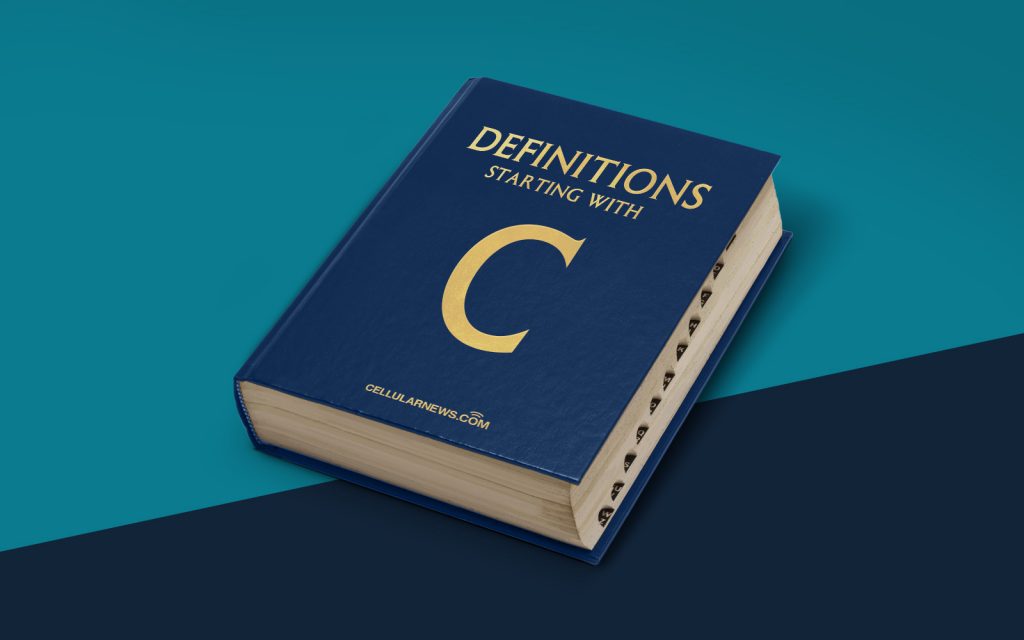
What is a Control Framework?
Welcome to another blog post in our “DEFINITIONS” category! Today, we’ll explore the concept of a control framework and how it relates to managing risk and ensuring compliance within organizations. So, what exactly is a control framework? Let’s dive in and find out!
A control framework, sometimes referred to as an internal control framework, is a systematic approach that helps organizations establish and maintain a set of controls to mitigate risk, achieve operational efficiency, and ensure compliance with relevant regulations and standards. It provides a structured framework for identifying, assessing, and managing risks across various processes and functions of an organization.
Key Takeaways:
- A control framework helps organizations mitigate risk, achieve operational efficiency, and ensure compliance.
- It provides a structured approach to identifying, assessing, and managing risks across different processes.
Now, let’s take a closer look at the components and benefits of a control framework:
Components of a Control Framework:
1. Control Environment: The control environment sets the tone for the organization’s internal controls by establishing a culture of integrity, ethical values, and accountability. It encompasses elements such as management’s philosophy, organizational structure, and the processes for managing and monitoring risks.
2. Risk Assessment: A control framework includes a robust risk assessment process that helps identify and evaluate potential risks associated with various business activities. This step involves analyzing the likelihood and impact of risks to prioritize control activities.
3. Control Activities: Control activities are the policies, procedures, and practices implemented by an organization to prevent, detect, and correct potential risks. These activities can include segregation of duties, proper authorization and approvals, physical controls, and technology controls.
4. Information and Communication: Effective communication and information systems are critical for a control framework. This component ensures that information flows through the organization in a timely manner, enabling the identification and resolution of risks. It also includes reporting mechanisms for monitoring the effectiveness of controls and providing relevant information to stakeholders.
5. Monitoring and Review: Monitoring and review ensure that control activities are operating effectively and continuously adapt to changes in the business environment. This component involves ongoing evaluation of controls, testing their effectiveness, and making necessary adjustments to address any identified issues.
Benefits of a Control Framework:
A control framework offers several benefits to organizations, including:
- Improved Risk Management: By implementing a control framework, organizations can systematically identify and mitigate risks, reducing the likelihood of operational failures, regulatory non-compliance, and security breaches.
- Enhanced Operational Efficiency: Effective control activities streamline business processes, reducing inefficiencies, and improving overall organizational performance.
- Ensured Compliance: A control framework helps organizations stay compliant with relevant laws, regulations, and industry standards, minimizing legal and reputational risks.
- Informed Decision Making: With a control framework in place, organizations have access to timely and accurate information, empowering them to make informed decisions.
- Increased Stakeholder Confidence: A well-established control framework demonstrates an organization’s commitment to sound governance, which enhances stakeholder trust and confidence.
In conclusion, a control framework is an essential tool for organizations to manage risk, achieve operational efficiency, and ensure compliance. By establishing a well-designed control framework, organizations can safeguard their assets, optimize business operations, and build trust with stakeholders. Remember, every organization’s control framework may differ based on its industry, size, and specific risk profile, but the fundamental components and benefits remain consistent.
